London Tunnels: The Secret World Beneath the Streets of Holborn
You've heard of High Holborn. Let's explore Low Holborn.
Welcome to Londonist: Time Machine, the newsletter of London history. This week… I’ve been on a very special site visit.
I know High Holborn better than any road in London. I’ve walked it for decades. I can picture almost every building in my mind’s eye. I’ve thoroughly explored and memorised every alley and side-turning. You won’t catch me out. Not above ground.
But here’s a map of Holborn that is entirely unfamiliar. Look at the road names. North Street West? Fourth Avenue? Tea Bar Alley? Who ordered those?
It turns out there’s a whole bonus mile of High Holborn, 24 fathoms beneath that ancient street.
I’m tempted to call it Low Holborn — a Miéville-esque labyrinth of passages and cross-passages; a subterranean suburb that very few people have visited.
This hypogeal realm is immense. See those twin tunnels, coloured green on the map? These are 380 metres long. Either one could sequester 83 black cabs, parked bumper to bumper.
They wouldn’t pick up many fares. The tunnels last saw service in the 1980s, as a telephone hub called the Kingsway Exchange. Today, the mothballed facility receives only the occasional maintenance worker and the more optimistic variety of spider. We could call it a ghost town, but even the ghosts don’t know it’s here.
That’s about to change. From 2027, the ticket gate might register as many as three million visitors per year. Something big is coming. The London Tunnels are coming. Welcome to Holborn’s zygotic visitor attraction.
Let’s take a look around this historic underworld, before the balrog awakes.
Into the London Tunnels
Having sat dormant for decades, the Kingsway Exchange was recently leased by London Tunnels plc. The company wants to turn the abandoned complex into a visitor attraction on par with Madame Tussauds or the London Eye. These lonely caverns will become a place of visual spectacle, sophisticated storytelling and historic narrative. They’ll also feature London’s deepest licensed bar.
Most of the facility was built during the Second World War. Partly, it was to be used as a deep-level bomb shelter. The tunnels were built underneath the Tube, and could be accessed by walking downstairs from Chancery Lane station. Here, the public would find a safe haven, equipped with beds and toilet facilities not available on the Tube platforms, and so deep that even the largest bomb could not reach them.
The staircase up to Chancery Lane station, incidentally, still exists, but is blocked off:
A lack of manpower and materials during the war meant that the tunnels took two years to excavate, by which time the main Blitz was over. The public never got to use the tunnels. Instead, the spooks moved in.
It would not be clickbaity to describe these tunnels as a ‘secret spy base’. From 1944, this was home to MI6’s Special Operations Executive (SOE), whose alumni include such heroes as Violet Szabo and Noor Inayat Khan. James Bond novelist Ian Fleming worked at the western end. He supposedly had this very place in mind when writing about Q-Branch, 007’s gadget supplier.
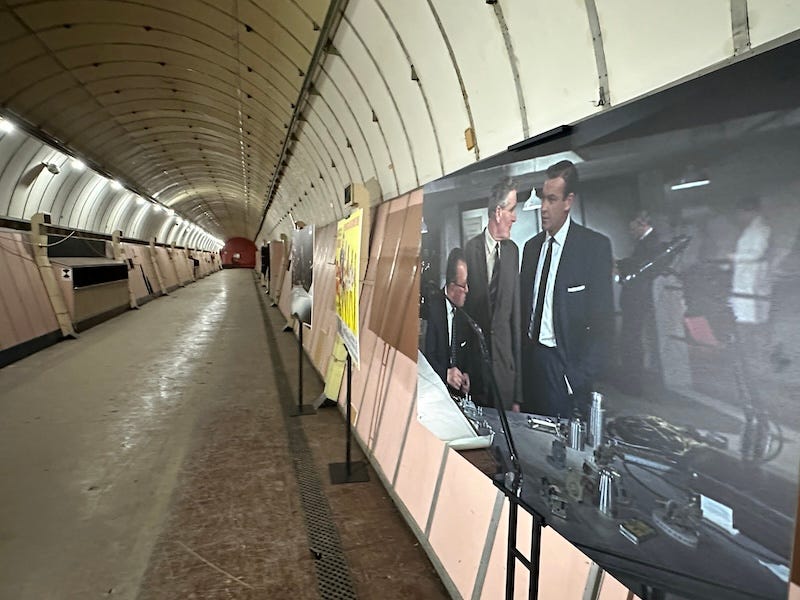
For somewhere that’s sealed off from the outside world, it certainly has atmosphere. The main tunnels stretch off to infinity, so it seems, while the number of cross passages quickly becomes bewildering. We’re directly beneath the Central line. Every minute or so a rumble migrates along the ceiling. A loud growl signifies a westbound train, just overhead; a subtler reverberation comes from the eastbound line, which is stacked on top of the westbound. Thus, we have a triple-deck of tunnels under Holborn.
I notice a marked gradient as we walk east. The tunnels gradually dip to follow the lie of the land. Remember, Holborn descends towards its eastern end, as it approaches the Fleet Valley. We never get that far, though. The tunnel’s eastern-most point is level with the top of Fetter Lane.
I’m surprised at how busy these tunnels are — not with people but with machinery. The main ‘streets’ carry a mass of pipes, wires, ventilation ducts, electricity generators, switch gear, fire-fighting equipment and a thousand other leftovers of the 1980s. Some of this will be left in place, to help tell the story of the tunnels. Other sections will be radically overhauled to allow for exhibition space. London Tunnels has released a number of tantalising images showing how these might look:
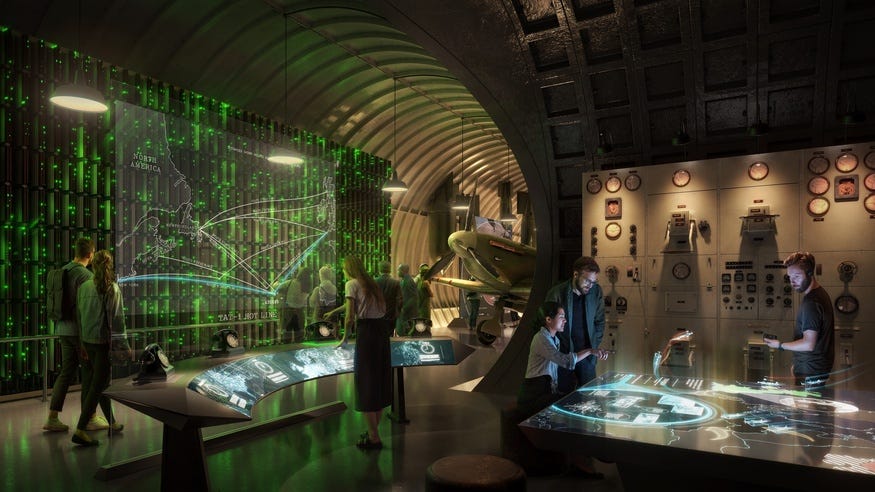
Part of the attraction will explore the history of military intelligence and the tunnels’ role in that sphere. This section, a collaboration with the UK-based Museum of Military Intelligence, will feature little-known stories from D-Day, the Battle of Britain, SOE operations and Cold War espionage.
It’s hoped that the permanent galleries can also host some kind of exhibition devoted to James Bond and Ian Fleming, as well as a memorial to the thousands of people who died in the Blitz.
Tomorrow Never Dines
Of course, every good visitor attraction needs a good refreshment stop. The London Tunnels already boasts both a cafeteria and a bar, though they’re going to need a bit of an upgrade
The bar area is particularly charismatic. You won’t find a more 1970’s room in London. It is painted in an arduous palette of tangerine, turd and algal bloom.
This chromatic riot was, in the days of the telephone exchange, the post-work refuge of tipple-seeking telecommunications engineers. I wonder if they served screwdrivers? It will, of course, be heavily rebuilt for the attraction, but I hope something of the old look is retained.
When it opens, this will be the deepest licensed bar in London, and perhaps in any major city. The staff will need special training to not roll their eyes at the inevitable slew of orders for ‘Martini vodka, shaken not stirred’.
Licence to Dig
Now, you may have heard about these deep-level shelters before. The Holborn complex is one of several built during the war, most of which are along the Northern line. The facility at Clapham South is best known, because London Transport Museum conducts occasional tours through its ‘Hidden London’ programme. You might have been on one.
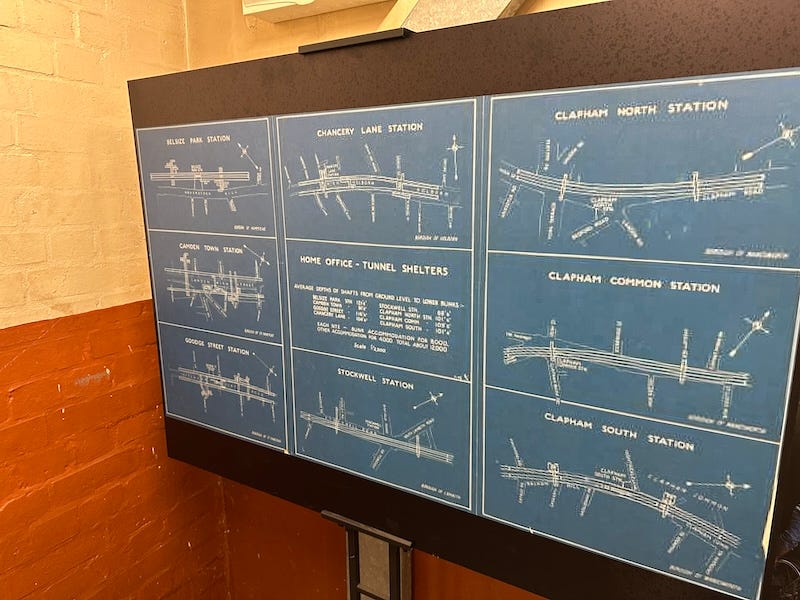
The Holborn shelter is built along similar lines, but also differs in many ways. For starters, it was a working site until the 1980s, and it retains many of the features of that time. But it’s also much larger. The complex was extended in the 1950s with the boring of four new tunnels to the south (shown in pink on the earlier map). Each is 7.62 metres in diameter. That’s more girthsome than even the Thames Tideway super-sewer, making these perhaps the widest deep-level tunnels under the capital.

The Cold War tunnels will be used for temporary exhibitions and events. These might also draw on the ‘secret spy base’ theme, or they could be completely unrelated. One mock-up shows a tunnel recreating a natural scene:
The main entrance to the attraction will also come down into the Cold War annexe. If you’ve ever walked along Furnival Street, you might have noticed this charmer of a building:
Behind it lies a sizeable shaft, which will be converted into something a bit like the ‘Lift 109’ chimney elevator at Battersea Power Station (only this one will go down rather than up). It’s this chunky shaft that makes the whole project possible. Other deep-level shelters at Clapham or Goodge Street, for example, lack this capacious entrance, and would therefore be much more costly to covert for public use.
Dial Tones are Forever
There’s so much more down here (some of which I can’t publish; though buy me a pint sometime and maybe…).
The site’s history extends beyond spycraft. After the war, the complex was first given over to the Public Records Office, who stashed some 400 tonnes of records beneath the pavements of Holborn. Much of its post-war life, however, was devoted to telecommunications. This was where the name ‘Kingsway Exchange’ comes in. The complex was a hub of telephone routing, which also handled the first transatlantic telephone cable. During the Cold War, calls between the White House and the Kremlin passed between these walls, including the tense exchanges during the Cuban Missile Crisis.
The site’s huge footprint and monumental history has made it an attractive target for urban explorers. Many have got in over the years, in some cases risking their lives. They’ve left behind a fair bit of graffiti. Most of this will be removed — quite rightly — but I hope a few samples can be preserved. The handiwork of sneaky intruders adds a spicy sauce to the lasagne of secrecy that is the London Tunnels. One of explorers even left behind a bear costume, for some reason. It, too, may become part of the exhibition.
Tour over, I emerge blinking onto the familiar pavements of High Holborn. Much as it behoves me to stay neutral and objective when discussing commercial ventures, I feel inclined to write “YOU HAVE TO GO” in multistorey capitals. This is a jaw-dropping site. They could turn the place into a museum of tax returns and it would still be worth visiting for the location alone. Whatever exhibits and light shows they come up with can only be a bonus.
The opening date of 2027-28 sounds ambitious to me. The scale is immense. Bringing a mile of tunnels up to safety standards, removing asbestos, fitting out the various exhibition spaces, filing all the paperwork and ticking all the other project management boxes is going to be a huge task. But the team have made rapid progress, acquiring a 125-year lease and receiving conditional planning consent from both the City of London and Camden councils. The funding package is, I’m told, also coming together nicely (although they would say that).
Much work to do, then, but if a previous generation could build the original tunnels from scratch in two years (with a labour shortage), then perhaps it’s not too unrealistic to plan a refit and revamp on the same timeframe. You only live twice.
Until then, the name’s Brown, Matt Brown, signing out from Low Holborn.
With thanks to London Tunnels for giving me access, and a very stimulating tour.
Thanks for reading! As ever, I welcome comments below, or email me any time on matt@londonist.com.
Also, I *love* getting into little-known but historic places, and then writing about them. If you’ve got access to such a place, and are willing to give a tour to an appreciative London geek, then I’d love to hear from you. I’m also keen to hear from anyone who worked in these specific tunnels during the 20th century.


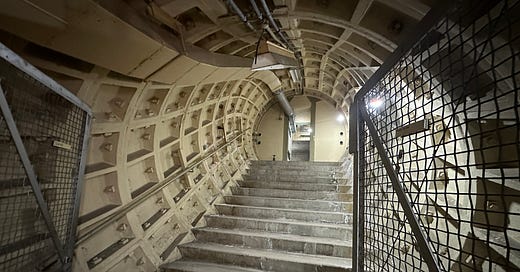


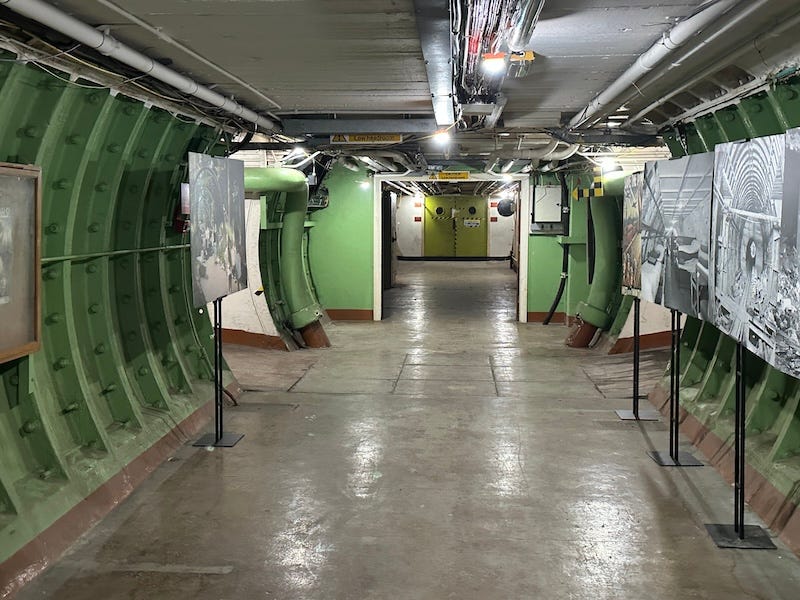
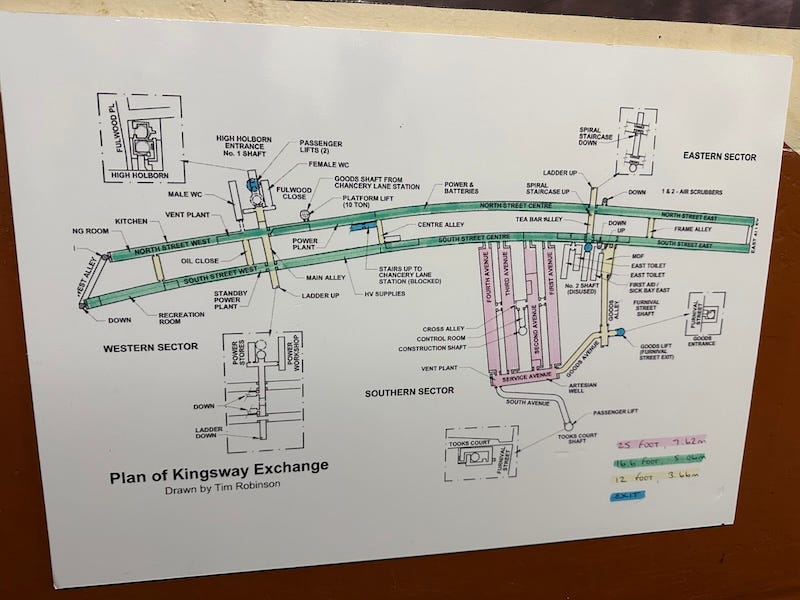
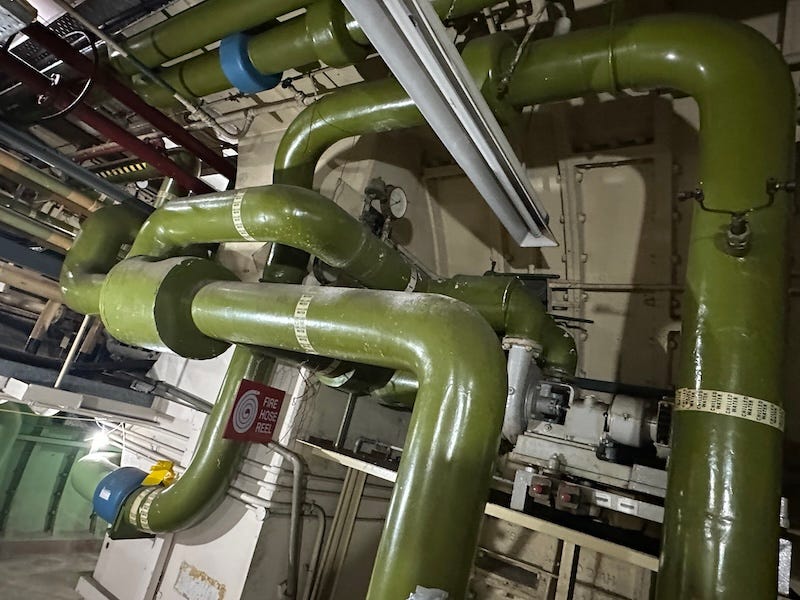


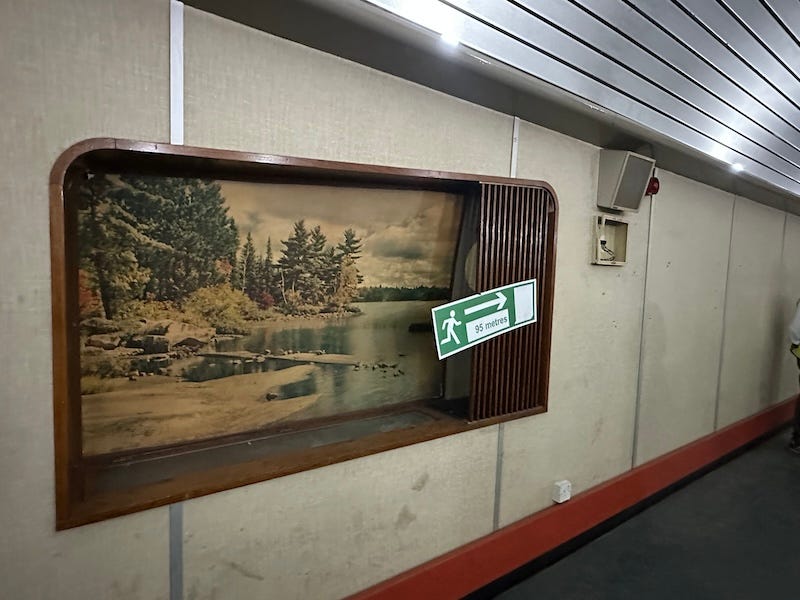
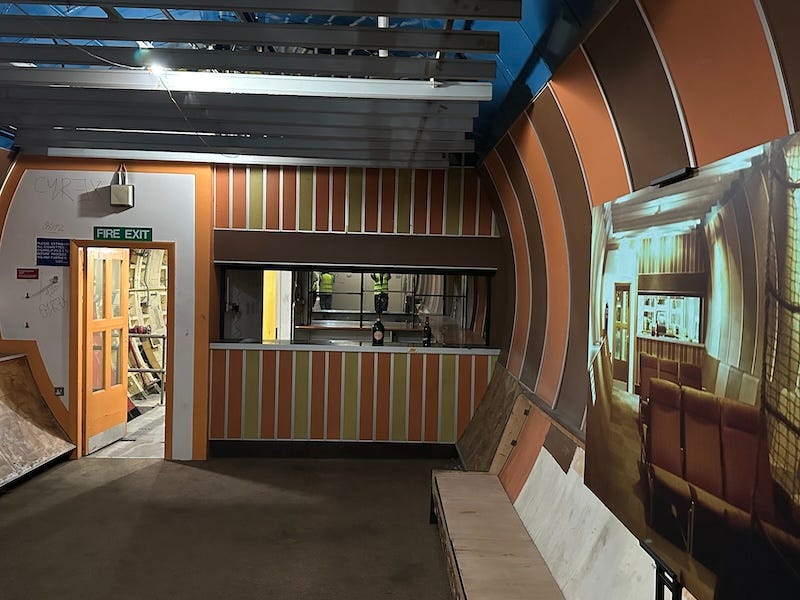
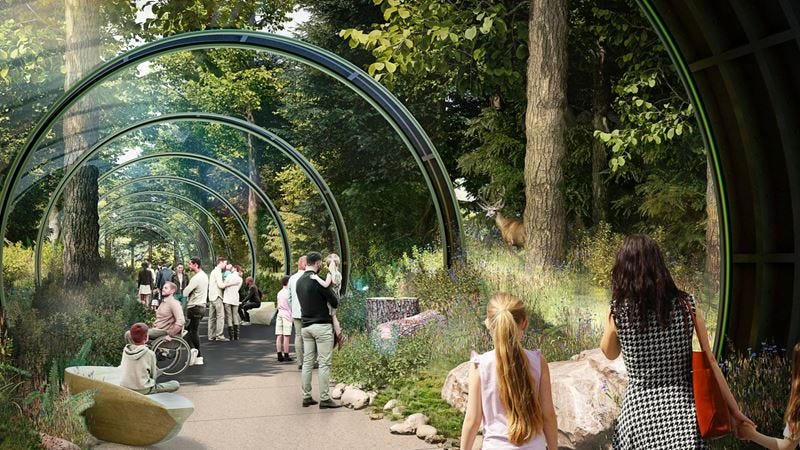
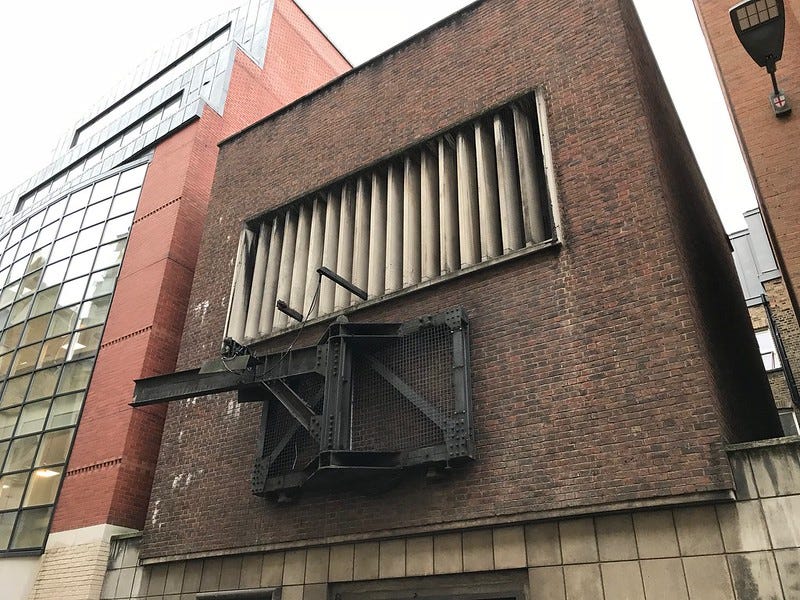
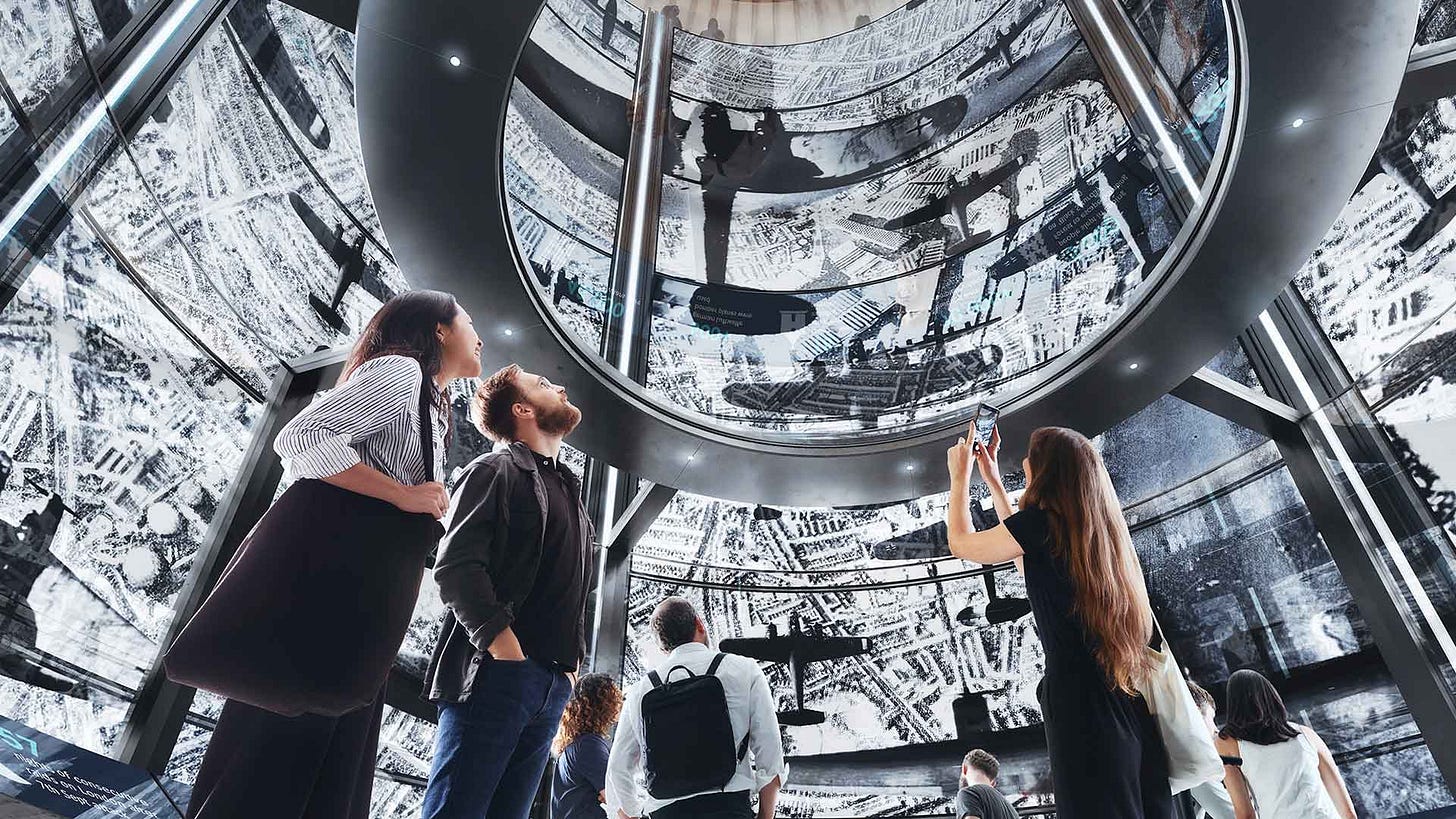
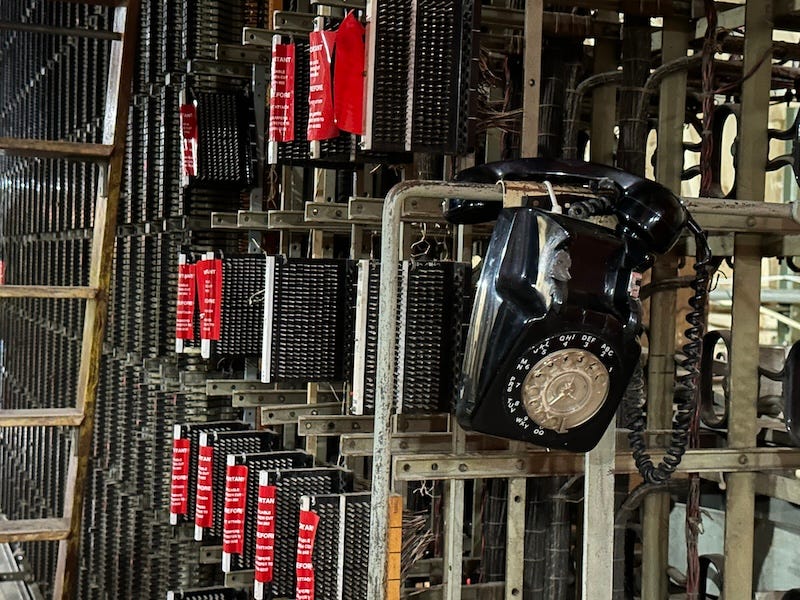
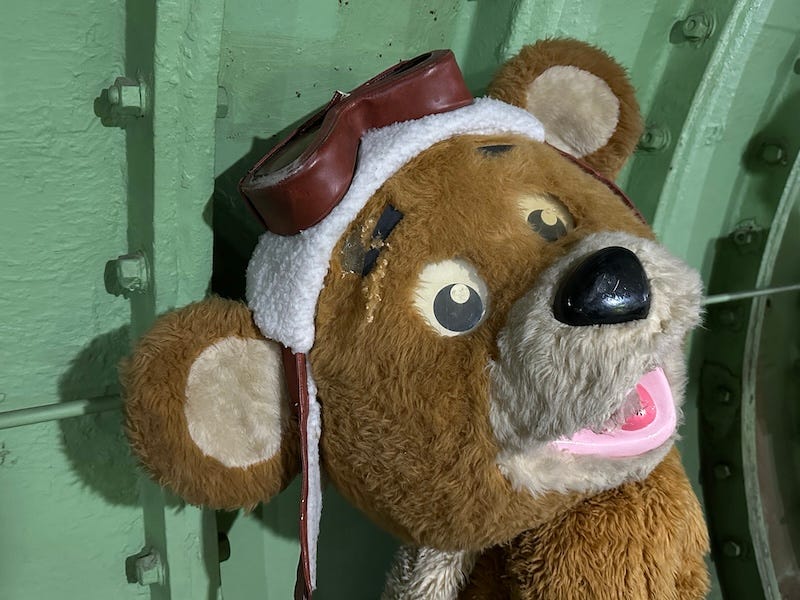

Truly, you are the Man with the Golden Pun, Matt. A beautifully written post again this week, thank you for sharing your enthusiasm for this imminent addition to London 's historic estate.
Love your assessment of the colour scheme in the bar. Spot on!